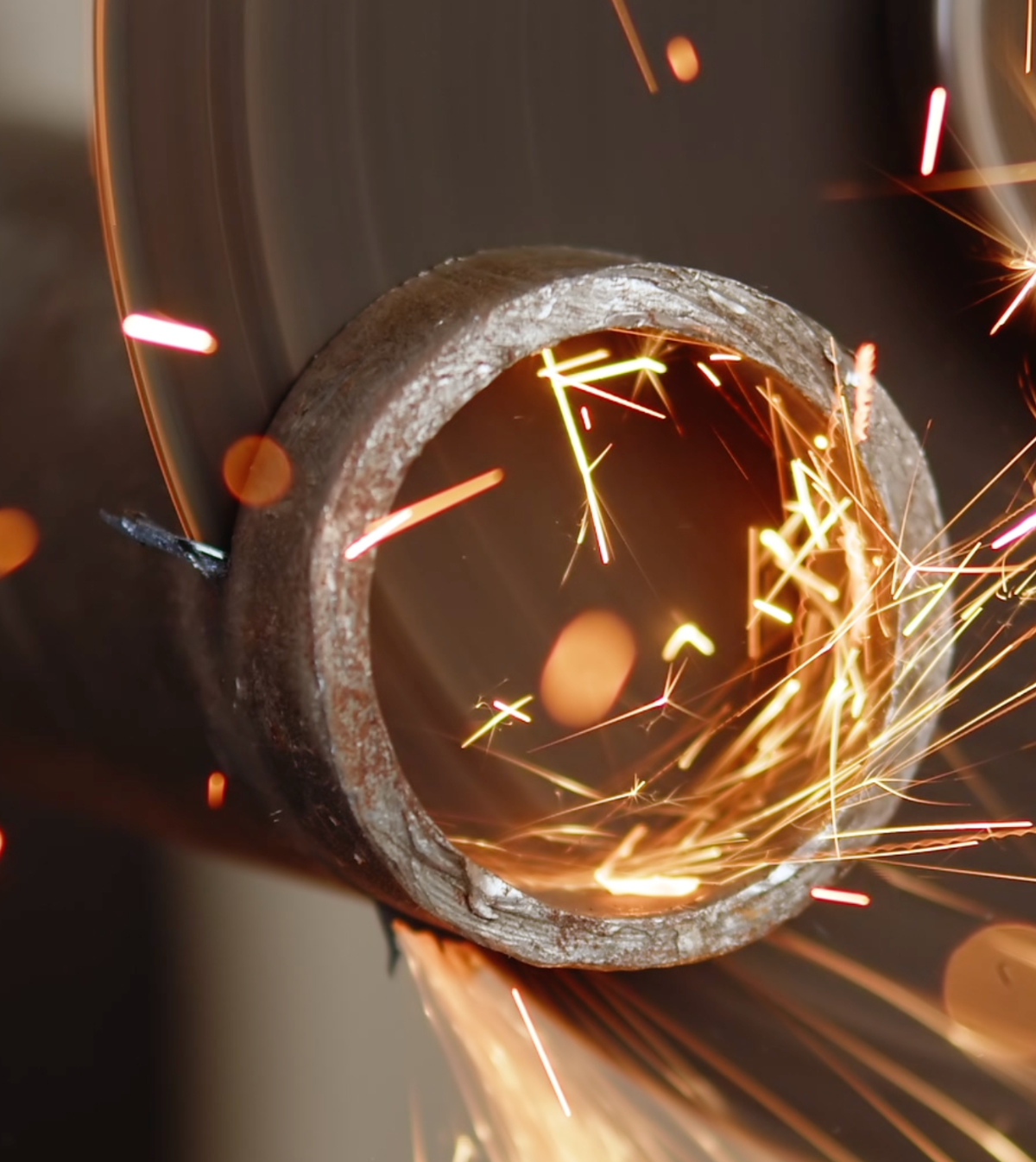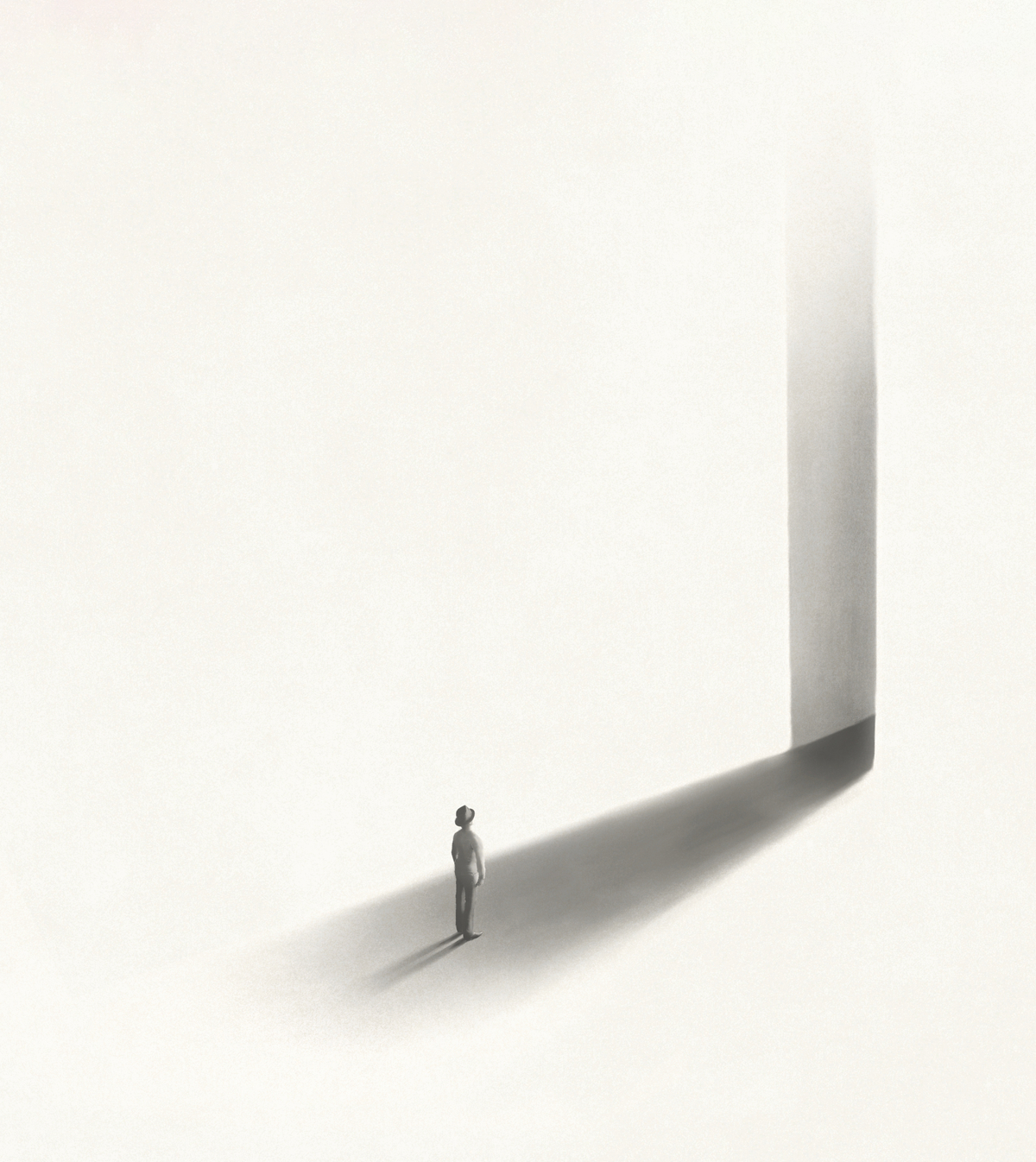New York City. The Big Apple. New York, New York, so good they named it twice. Many a wide-eyed graduate and starlet-wannabe has made their way to the US capital of culture, only to quickly learn that finding a place to live is almost as hard as finding your big break. Affordable housing is at an all time low in New York, and Alicia Glen, the city’s deputy mayor for housing and development said the following when interviewed on the subject for NPR:
“Well, we are in an official housing crisis period in New York City. Our population is growing much more rapidly than our housing stock, and so we have a really imbalanced housing market.”
Add to this the changes in rent control laws, and the city has lost approximately 250,000 affordable apartments over the past few decades. Controlling for inflation, median rents have increased by 12% in eight years, in a time when incomes have only risen by 2%. Meaning it’s more difficult than ever for low-income, and even middle-income, households to be able to afford housing in New York. While the Statue of Liberty may ask for your tired, your poor, your huddled masses yearning to breathe free, they probably wouldn’t be able to afford anywhere nice to live once they get there.

Photo Courtesy: Pexels
New York’s definition of affordable housing
It is generally accepted that “affordable housing” is housing that costs 30% or less of a person’s income. Recent projections from Streeteasy data saw the typical New York household spending 65.4% of its total annual income in order to afford median rent in 2016, which was up from 58.7% in 2015.
So when the average New Yorker is spending two-thirds of their income on rent, with little other option available to them, it’s fair to say that the city is facing an affordable housing crisis. When you add in the costs of electricity, water, food, clothing and transport, New York is dangerously close to becoming unlivable, as the rat race becomes more and more unsustainable.
The problem with New York
Since the 1990s, the city has drawn in thousands of new residents, bringing the current population to around 8.5 million, the highest it's ever been. The improvements in safety and opportunities has come at a cost, with the demand for housing outstripping the real estate community’s ability to supply it. And when demand exceeds supply, prices skyrocket.
Mayor Bill de Blasio has made expansions in affordable housing a key part of his policy agenda, with an objective of preserving or building 200,000 units in the next 10 years for those falling within the lowest income brackets. As of July 2016, Mayor de Blasio announced that the plans were ahead of schedule, having supported the creation of 53,000 affordable apartments. The Wall Street Journal sang the scheme’s praises with the glowing headline, “Affordable Housing Surges in New York City”.

Affordable housing - costing 30% or less of your earnings - is all but nonexistent in the Lower East Side of Manhattan. Image source: WikiCommons
Unfortunately, there are realities in place that could mean that those numbers do little to alleviate the affordable housing shortage. One such reality is rent stabilisation, which was originally enacted as a post-World War II program. As part of his strategy, Mayor de Blasio made deals with large landlords to keep their units rent stabilised for years to come, giving more rights to renters and fixing their rent increase rates unless agreed otherwise by the Rent Guidelines Board. As it stands roughly half of the city’s renters are in rent stabilised apartments. Great for them, but bad for everyone else.
Restricting the prices in one sector of the market means that prices in the other one will rise that much more. It also encourages developers to focus on luxury highrises, at the expense of middle-income housing. Thereby contributing to the reduced levels of supply that caused this problem in the first place. As it stands, 75% of the city’s apartment buildings were built before 1932, and the restrictions and lack of incentive to vacate current buildings and construct newer, better housing, continues to make matters worse.
Top 3 Reasons Why You Should Enter Architecture Competitions
Curious about the value of architecture competitions? Discover the transformative power they can have on your career - from igniting creativity and turning designs into reality, to gaining international recognition.
Learn more




















